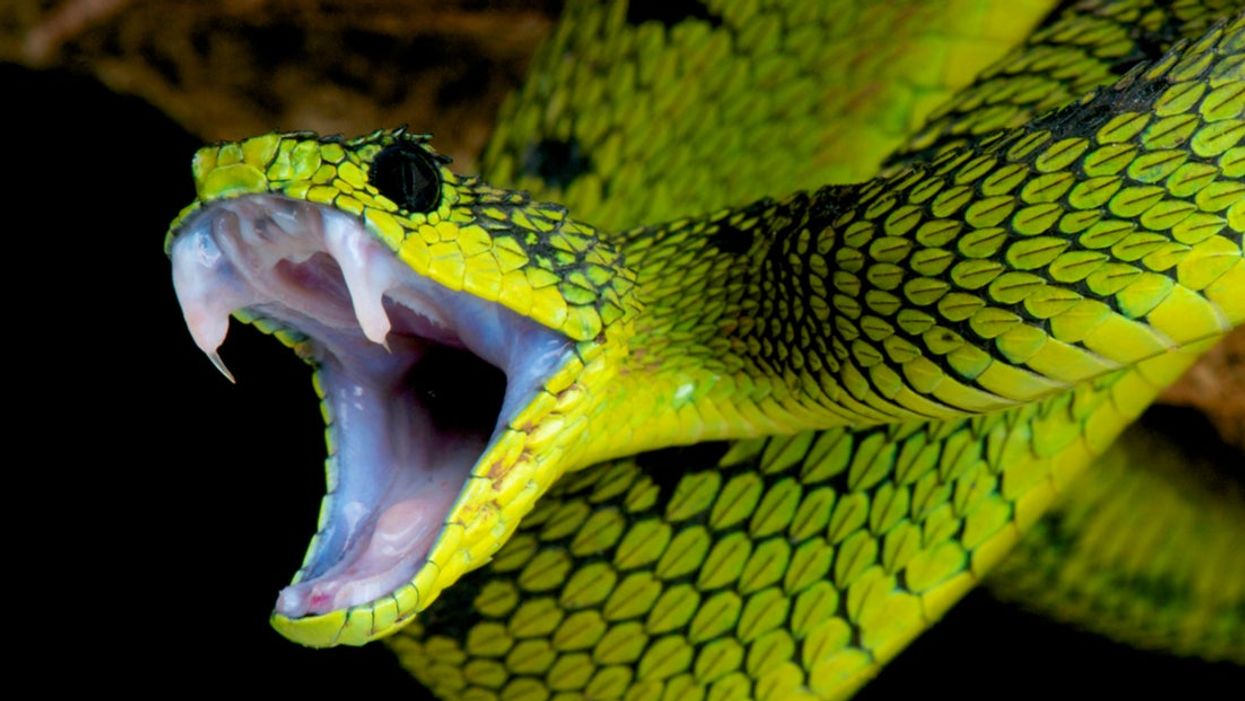
New research has found that the genome necessary to create venom is more prevalent than originally thought in both mammals and reptiles.
The study has found that mice and even humans have the potential to become venomous, taking the notion of a “toxic person” to a whole new level.
The research, published in the PNAS journal, shows that whilst humans nor mice are not venomous creatures - and have never been thought to be - certain ecological conditions could cause a change in genomes and turn us venomous.
Study author Agneesh Barua venom as “a cocktail of proteins” that is weaponised by animals to hunt and kill prey, as well as for self-defence.
He added: “If under certain ecological conditions, mice that produce more toxic proteins in their saliva have better reproductive success, then in a few thousand years, we might encounter venomous mice.”
Read more:
- Chinese takeaway goes viral for savage responses to customers
- Man’s marriage proposal brutally rejected in front of a busy shopping mall
- David Lammy hailed for perfect response to caller who says he’ll ‘never be English’
- 35 of the funniest memes about the Ever Given
- Gary Lineker shares hilarious story about a confrontation with an old woman over a lost phone
He did add that it is unlikely humans should ever become venomous, however, it is possible should the right ecological conditions prevail.
This research, conducted by scientists from Okinawa Institute of Science and Technology Graduate University (OIST) and the Australian National University, focused on the genes that work alongside and interact with those that code for the proteins that create venom.
They assessed the venom glands of the Taiwan habu snake and were able to identify 3000 of these genes.
When looking at the genomes of mammals like dogs, chimps, humans, and mice, they discovered their own versions of these co-operating genes.
Their investigation of salivary glands within mammals found that the genes within them had a similar pattern of activity within known venomous snake glands, thus concluding that salivary glands in mammals and venom glands in snakes share an ancient functional core.
Mr Barua said: “Many scientists have intuitively believed this is true, but this is the first real solid evidence for the theory that venom glands evolved from early salivary glands.
“While snakes then went crazy, incorporating many different toxins into their venom and increasing the number of genes involved in producing venom, mammals like shrews produce simpler venom that has a high similarity to saliva.”
His conclusion makes it even more vital to protect your cheese, because who knows how mice could adapt to get their hands on your cheddar.













